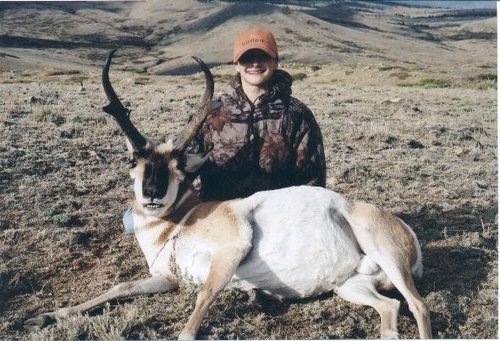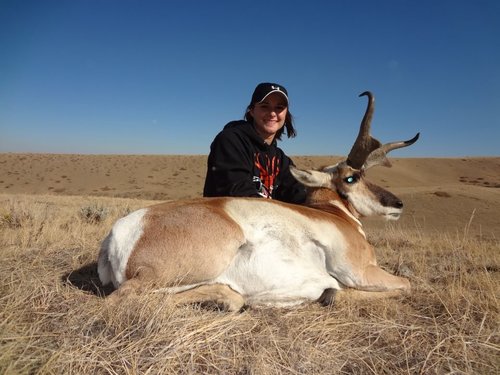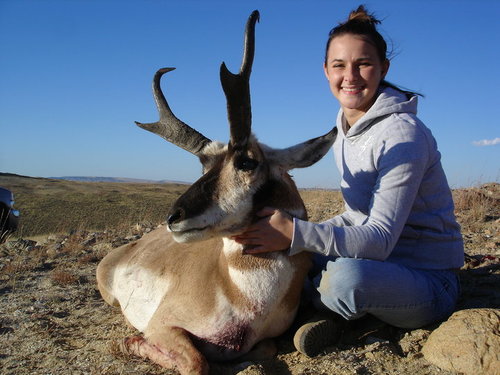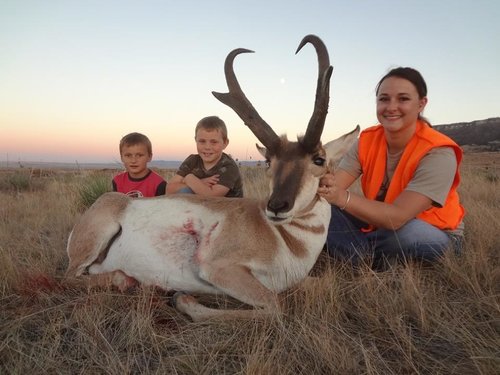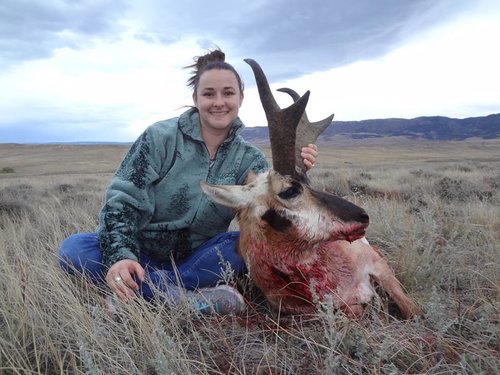El Jason
Well-known member
By the time October rolls around, the buck has a start on the upper portion of the horn under the exiting horn sheath. It’s critical after the rut for the bucks to have access to good range and mild weather to rebound from the strenuous rut before winter sets in. Then mid-November triggers the slipping off of the old horn shell, exposing the new horn growth. By the end of March or mid-April, the upper part that includes the prong and curled tip is grown.
In mid-May through July he really puts on horn length and mass below the prong. That includes mass around his bases. Sometimes you find bucks that have smaller bases then the second circumference, which is usually just below the prong. This growth pattern can happen if the spring is dry and vegetation is short. However, if by mid-June the rains come with equally heavy vegetation growth, then horn length and heavy circumferences below the prong will develop. The mass and horn growth below the prong continues until about the 1st of August. Looking at this, it’s important that the summer months of June and July have good moisture and in turn available new growth vegetation for heavy and long horn growth. After sometime in the first part of August the horn will harden up for the coming rut.
If a buck is in very poor body condition going into the rut, his condition will continue to deteriorate during the rut. Physiology dictates he will shift energy resources away from horn growth.
If a buck is in very good body condition score going into the rut, but then faces a hard winter, he will likely have developed good prongs and hooks, but may fall off in horn length and lower mass.




